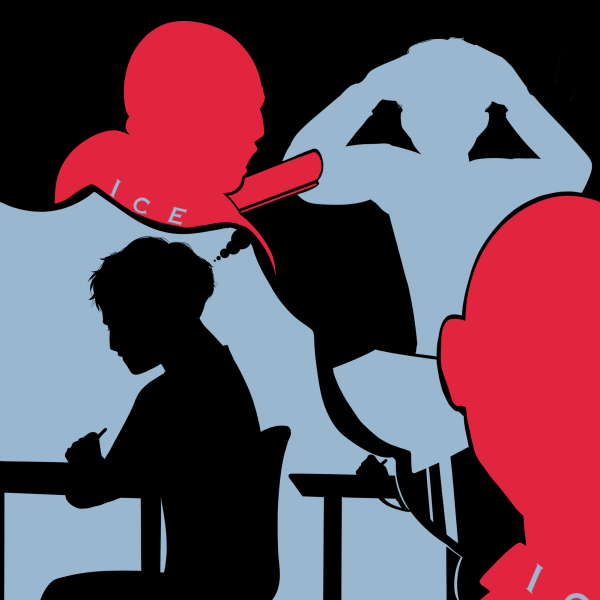Governor Walz leads as other states fumble during pandemic
Governor Tim Walz of MInnesota has an approval rating of 65% after leading his state in the midst of the crisis.
COVID-19 has affected everyone hard, especially in the U.S., which now has the most cases globally. And yet, it’s a fool’s errand to suggest that all states and territories nationwide are similar in their approaches to flattening the curve. Minnesota’s way of staying safe isn’t the same as Wisconsin’s, much less Maine or West Virginia. Each state has its own declarations, guidelines, and restrictions, but some have clearly been more successful than others.,
Minnesota Governor Tim Walz ordered the rest of the 2020 school year to continue distance learning in response to the outbreak. Walz has been very cautious about reopening Minnesota and is extending stay at home orders until May 18 in an attempt to flatten the curve. While Minnesota is making sure the virus doesn’t spread, other states are already reopening and causing potential danger.
Georgia Governor Brian Kemp allowed for certain businesses and gatherings, like hair salons, churches, and bars to be open April 24, which was earlier than the national stay at home orders given by President Donald Trump. This kind of reckless governing fractures the leadership of our country at best, and at worst, could directly lead to another wave of the infection coming soon. This controversial act was originally backed by President Trump, who later went on to say he disapproved of it, according to CNN. This confused many Americans and spread more fear of the chance that the pandemic will spread much faster and easier.
The pandemic is affecting New York the hardest in the United States right now, claiming over 18,000 lives and infecting over 304,000 as of May 1. New York was affected highly due to infected people spreading the disease through New York at an alarming rate when the virus was considered harmless to Americans. Fast spread in a crowded state and being a famous tourist attraction and international travel hub caused the state to go into a sudden panic and be the leader for infected Americans in the country.
New York became a hotspot for the pandemic due to its crowded nature. As symptoms show up days after infection or not at all, New York’s population and crowded areas caused the virus to flourish at alarming rates. Many New York citizens also depend on trains and subway rails to travel, and with the virus being able to live up to 72 hours in rails and seats, it was easier than ever for the packed subways to spread the disease.
Florida has taken actions to reopen many businesses that were considered non-essential. This action to revive the fallen economy was feared to start a new wave of the COVID-19 virus. Florida’s governor, Ron DeSantis, opened beaches and other businesses while still requiring the practice of social distancing. On May 18, Florida will reopen gyms, which sounds like a step forward for the state returning to a normal pace, but in reality, it would hurt the state more. With gyms, beaches, and restaurants open, it will be hard to social distance and many citizens don’t respect the social distancing rule. This idea was poor and felt rushed, as the state could have taken smaller steps to see how well Florida citizens could handle social distancing.
Florida, however, has taken precautionary measures by still holding many restrictions and hoping to test 30,000 to 40,000 citizens each day, according to a report from Tampa Bay Times, last updated May 4.
While the United States is battling hard to contain the virus after a late response, other countries like Vietnam have been able to successfully and quickly contain the virus as soon as it was discovered in China. Vietnam started taking measures as early as January 23, states VOA News. With Vietnam closing airways to Wuhan, China—the initial document location of the virus—and building laboratories for testing citizens, they have been able to prevent deaths and keep their infected rate low. Unlike the United States, the citizens are calm and while protective measures are needed, everyone is careful and the government was quick to keep their people safe.
With the United States struggling to flatten the curve of infected cases, the country is attempting to keep the citizens safe while slowly re-opening the economy. Following procedures from other countries like Vietnam could be a way to make sure that the number of people who die and get infected declines, so that slowly but surely the people can start living their normal life while social distancing and taking into account the health of their fellow Americans.

Angel Peña is a senior at CHHS and a staff writer for the Heights Herald. He is involved in College Possible and religious after school activities....







